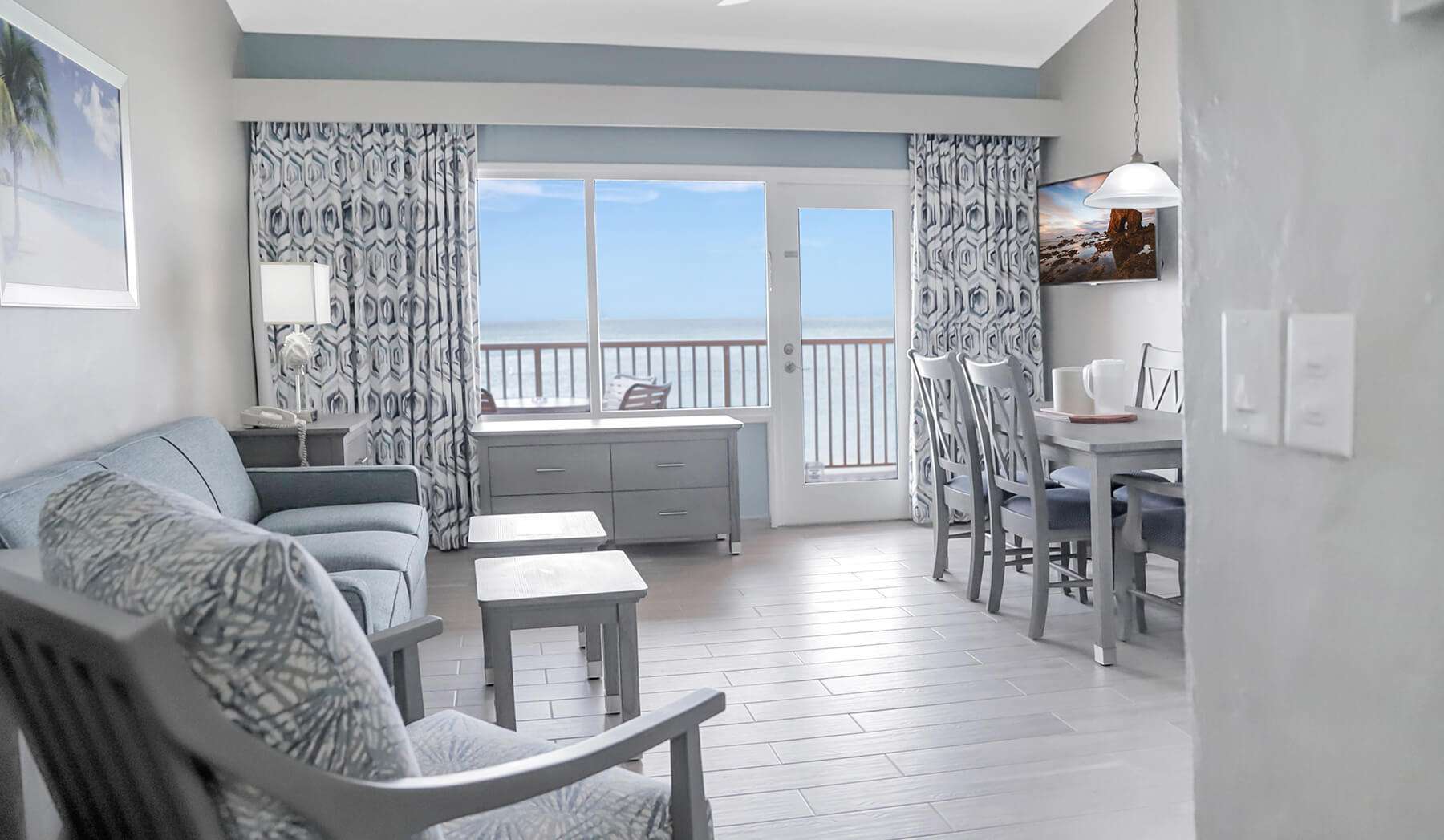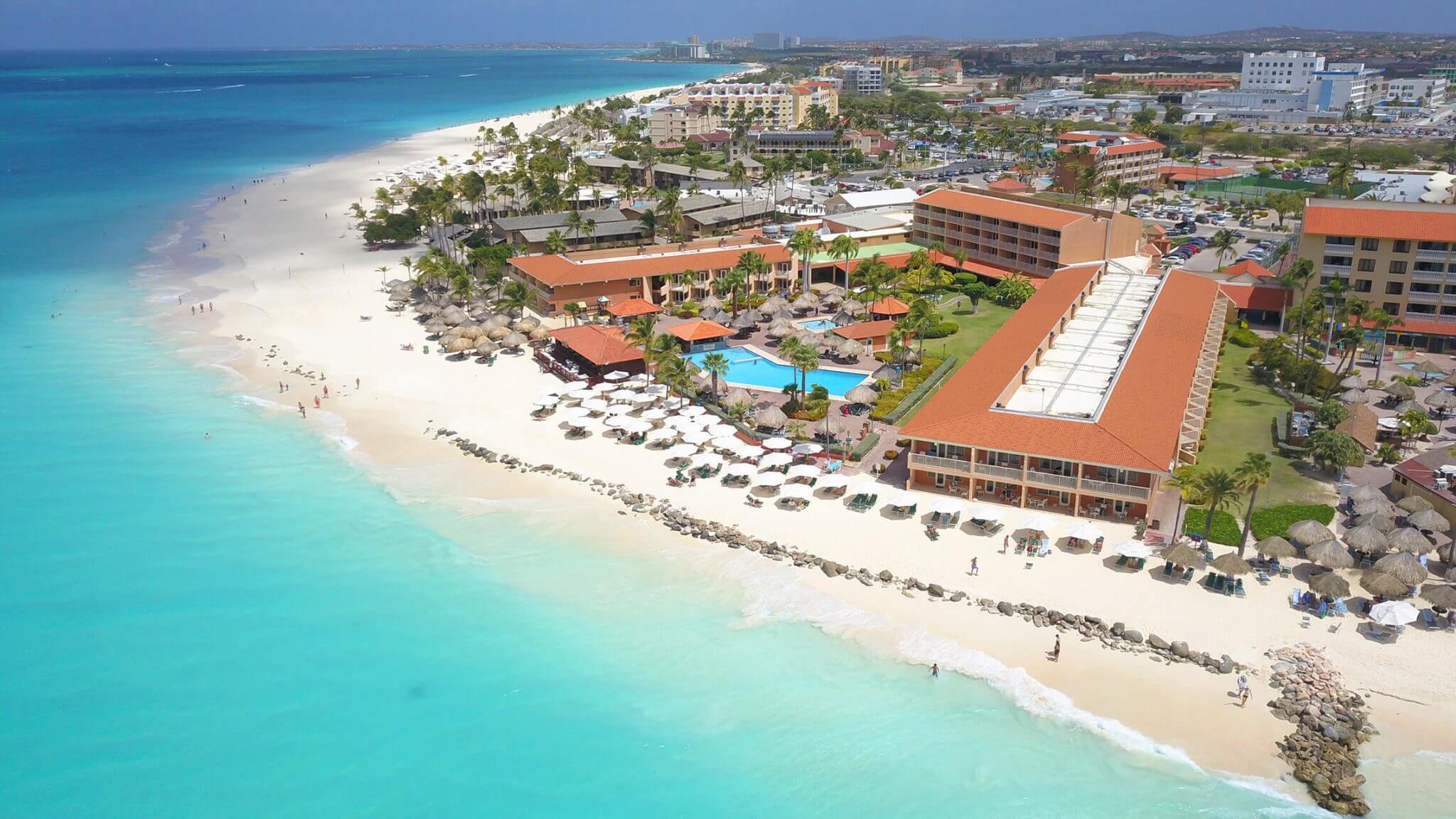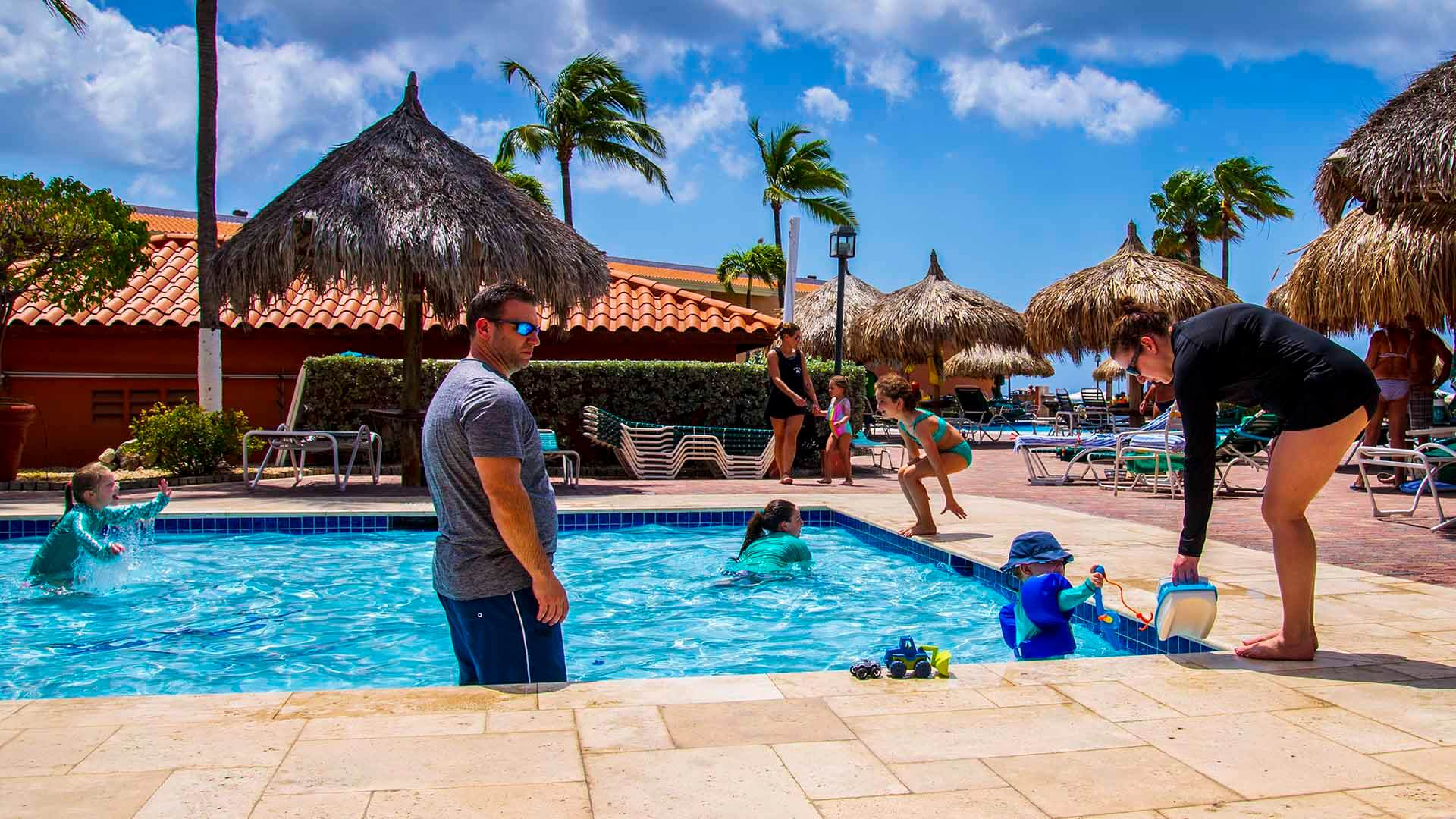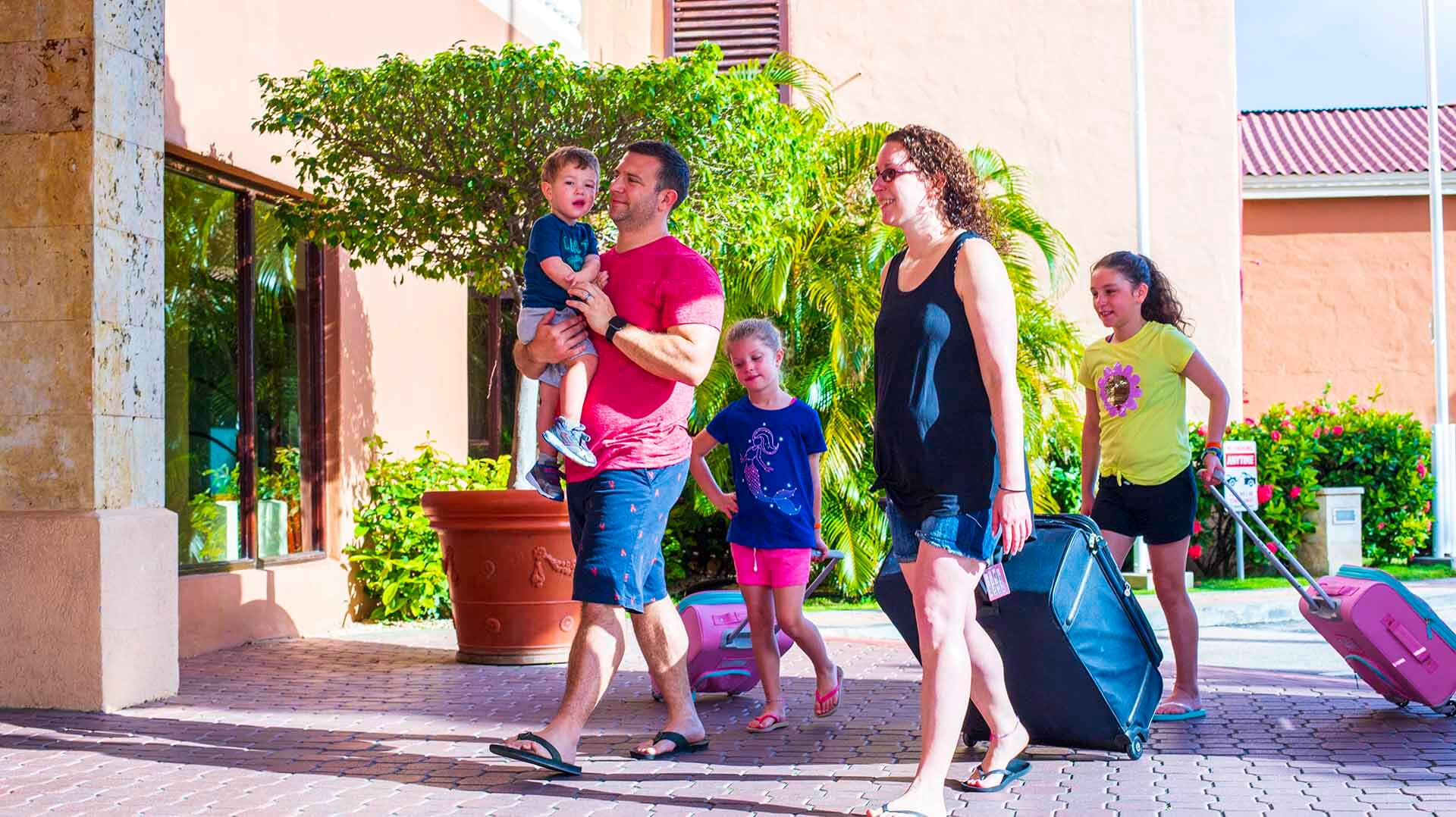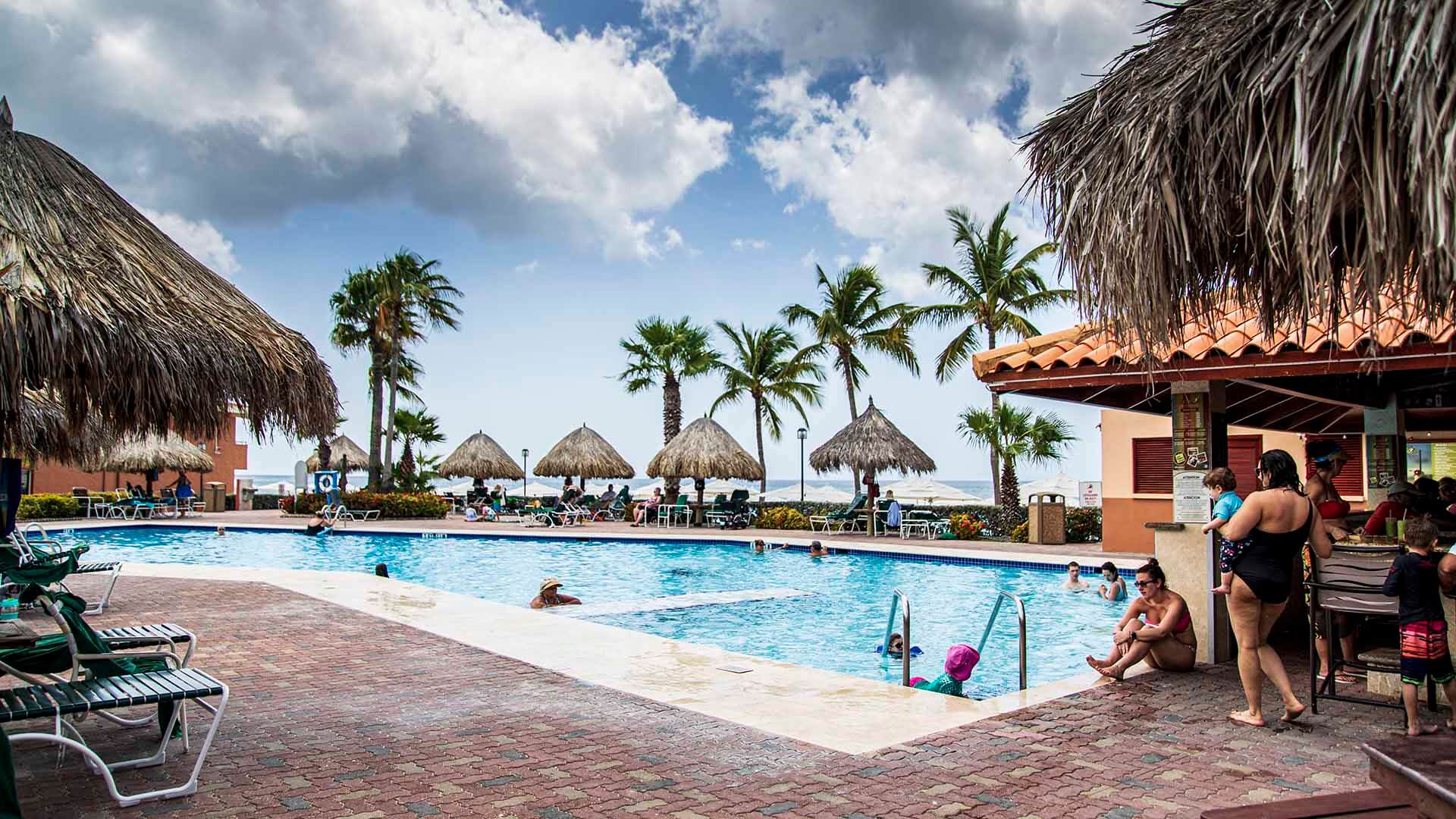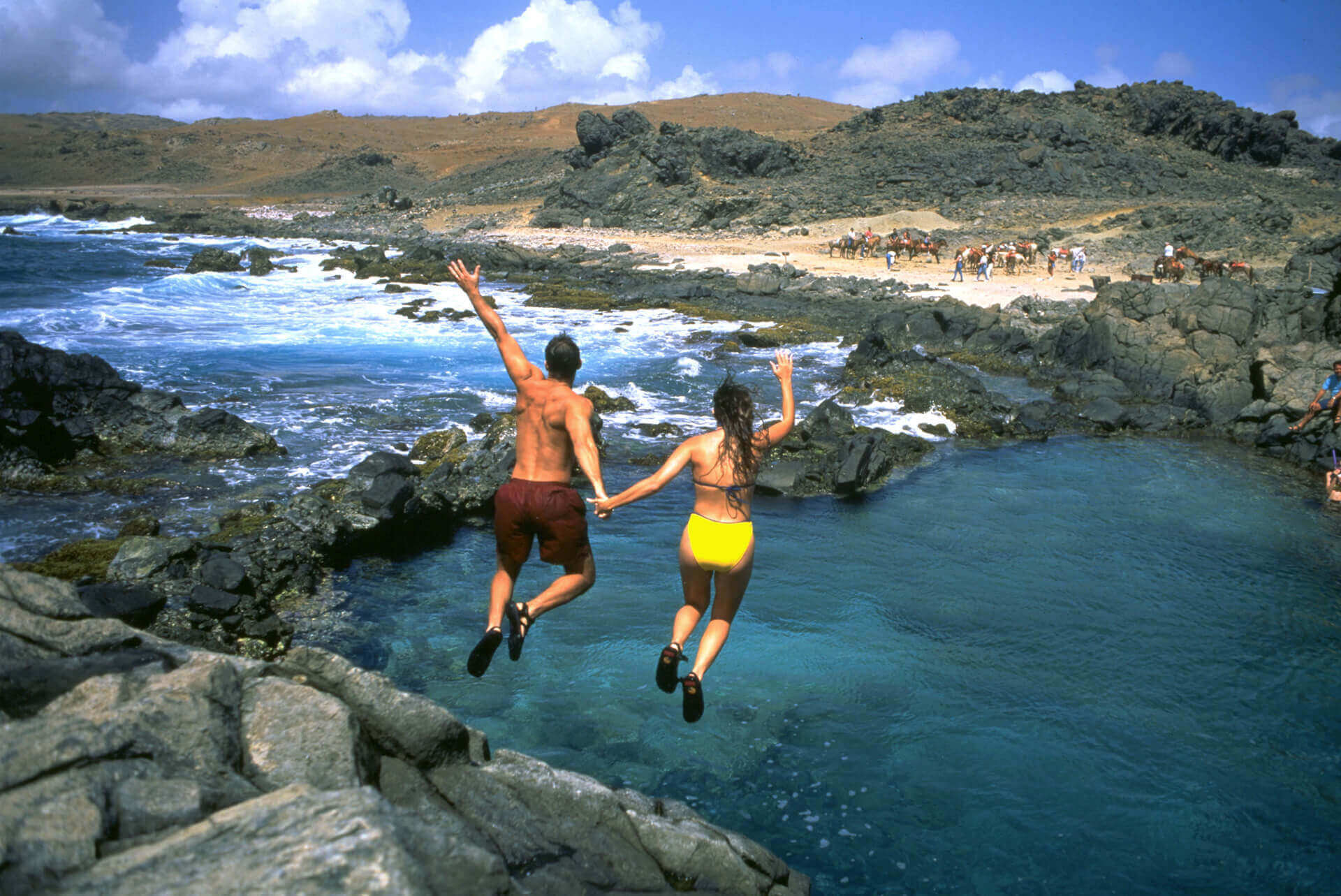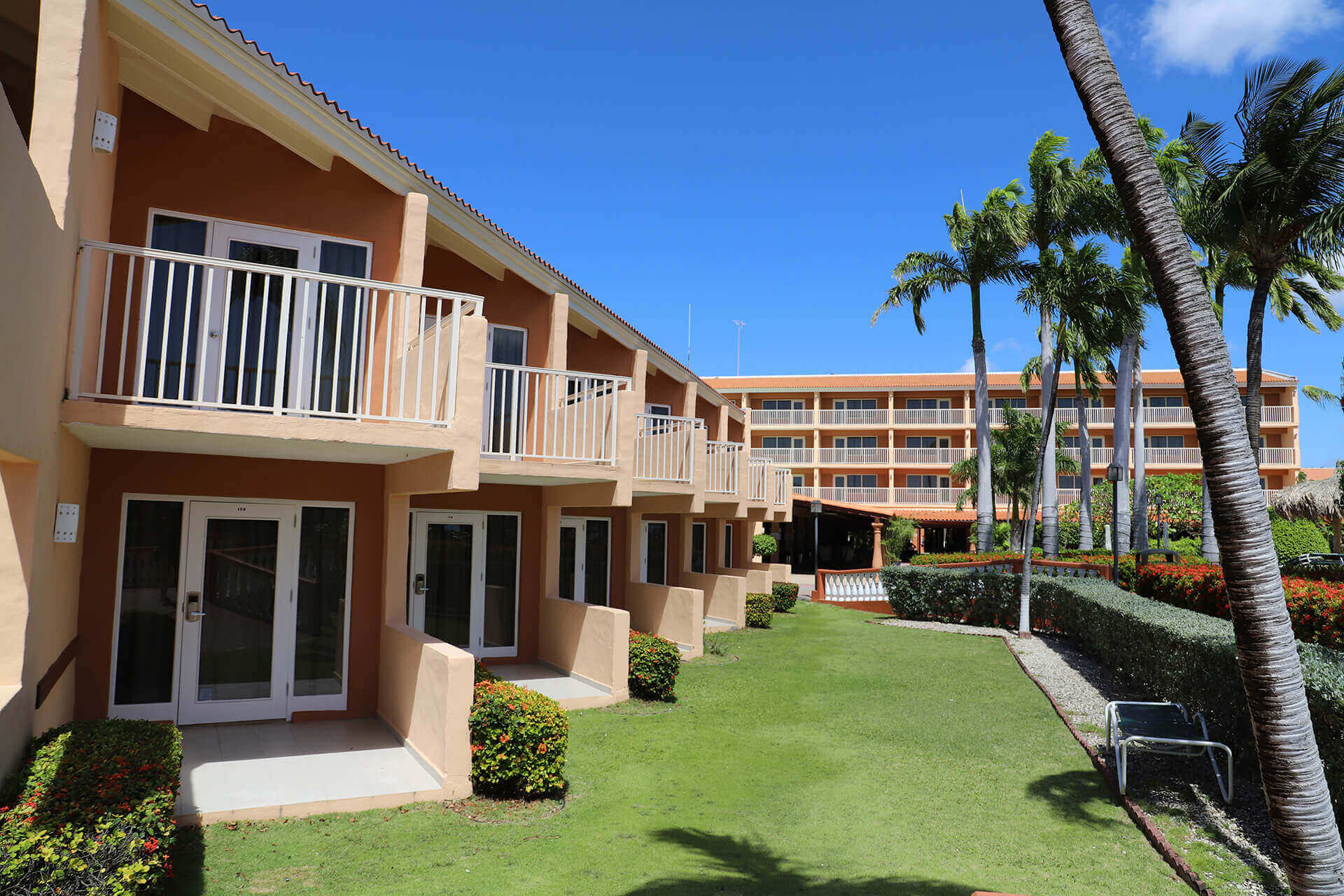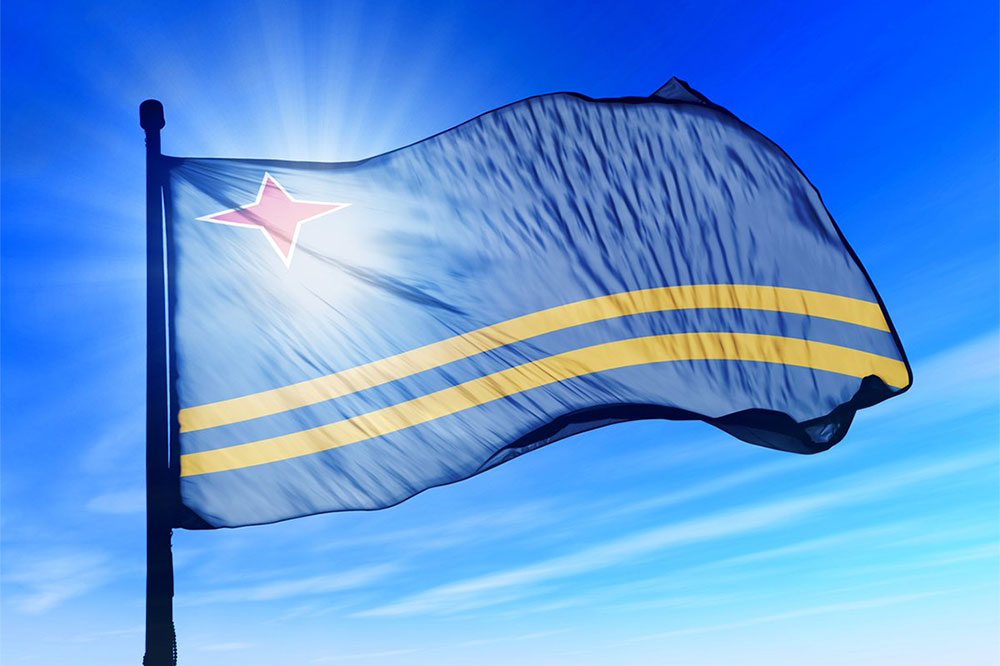Every year on March 18th, the One Happy Island celebrates what is commonly referred to as “Aruba Day”, but the official title is National Anthem and Flag Day. That is because of the important symbolic meaning of both of those national milestones, as they were both created before Betico Croes even set foot in Holland to argue for Aruba’s independence. They are a testament to the will and determination of the people and their leader; the Father of the Aruban Nation.
The blue, yellow, red, and white flag will be flying high all across the island while thousands of local residents, guests, and visitors pack the streets and various venues to celebrate the independent spirit that is Aruba. Market stands will pop up all over the place offering tee shirts, banners, bandanas, caps and hats, and numerous other items of apparel with an Aruban flag theme for purchase.
Dozens of activities and fun-filled events will be taking place all over as well. Sports such as Bolas Criollas (a team sport from Venezuela, which came over with immigrants that arrived here in the nations’ early years) is always played during this very special day. Another incredibly fun tradition and one which is extremely popular with the children is a Dutch game known as “Spel zonder grenzen”, or games without boundaries. In this activity, sack races, pillow fights, waxed-pole climbing, and many other whacky and whimsical competitions take place.
Geared more for the adults, Flag Day also offers a traditional folkloric celebration, which takes place in the Plaza Betico Croes. It features traditional food and other various treats and goodies. Musical presentations are performed by winners of the local song festival. The Ribbon Dance is a patriotic dance where both men and women display their flag-colored costumes in full celebration of this glorious day.
The participants dance around a pole, braiding and weaving ribbons made up of the colors of the national flag. These ribbons are attached to the top of the pole. As they move rhythmically to the beat of the Danza, Waltz, Tumba, or Mazurka, they must execute both timing and skill to produce the end result, which is the colors of the flag braided around the pole.
There are a number of local museums which will hold various celebratory events featuring Aruban culture and diverse traditions all throughout the island. And of course, there will also be plenty of places to enjoy a wide variety of traditional food such as Cabrito stoba (Kid stew), Keri Keri (minced shark), Pisca Temera (pickled fish), Cocada (a delicious and sweet offering made of coconut and sugar), as well as sweet breads and other local cuisine.
Even though this highly celebrated day brings an incredible turnout and attendance all throughout the island, individual locations and events are rarely too crowded to enjoy as there are plenty of activities going on everywhere at the same time. This keeps people spread out and on the move from place to place, trying to soak in as much excitement and as many experiences as possible on this patriotic day known as Flag Day.


